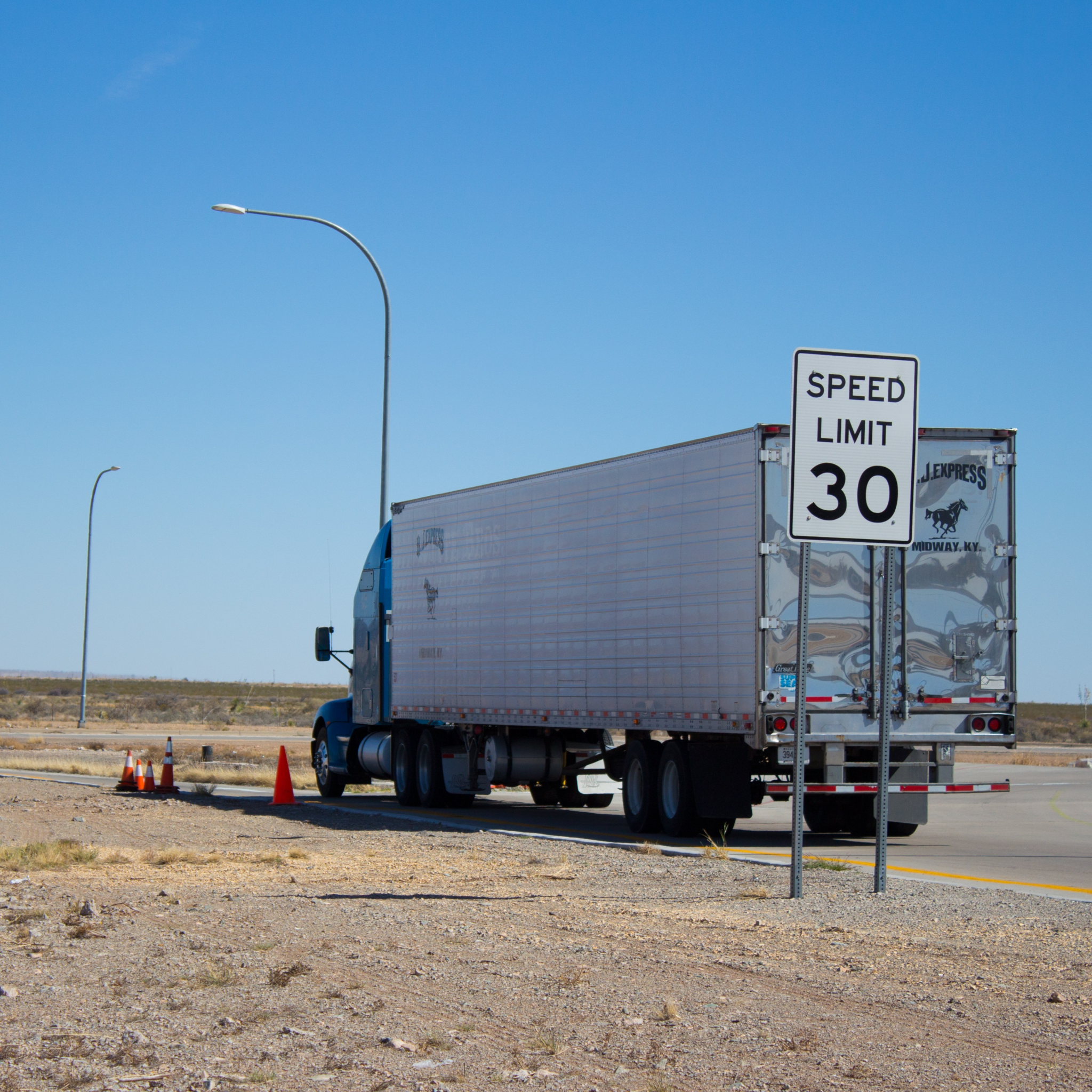In the last five or six years, trucking companies have watched their insurance rates climb, and many have found the insurance process daunting. Since 2018, trucking insurers have lost around $1.8 billion due to continued pressure from plaintiffs’ attorneys targeting the industry and because of crippling multimillion-dollar settlements and jury verdicts, and third-party litigation funding initiatives.
Todd Reiser, vice president of transportation for Lockton Companies, noted those trends are nowhere near reversing and continue to head in the wrong direction. Reiser spoke on a panel session titled “Safety Perspectives on Insurance Purchasing” during the Truckload Carriers Association’s Virtual Safety and Security Conference. Reiser was joined by Mehdi Arradizadeh, vice president of safety and risk management for Anderson Trucking Service Inc. (ATS), and Chris Mikolay, vice president of national accounts at National Interstate Insurance.
Arradizadeh pointed out that, for the most part, trucking companies’ insurance rates depend on crash prevention, risk mitigation and a company-wide safety culture. Geography also plays a role in the cost of insurance premiums. ATS created an interactive map of the U.S. detailing which areas are bad for trucking companies. In Texas and some other Southeastern areas of the country, for instance, the smallest claim could turn into a huge verdict or settlement, noted Arradizadeh.
“In Texas, there are verdicts that are hitting $200 million for one claim; that is unsustainable,” he said. “We cannot sustain those kinds of losses, and insurance companies might just say forget it, we are not going to insure trucking companies. So, what should you do?”
“If you don’t have your house in order, [plaintiffs’ attorneys] are going to come after you,” he added.
Trucking companies should have a prevention methodology incorporated within their safety system to prevent accidents, particularly rear-end or lane-change crashes, Arradizadeh explained. He also stressed the importance of keeping driver training materials well documented and on file.
It is also important for trucking companies to have a preservation policy in place for every accident, he said. For instance, companies that utilize camera systems in and around their trucks should have a preservation policy in place for individual camera systems. They must also follow those policies.
“Plaintiff attorneys don’t care about liability anymore,” Arradizadeh stressed. “They are going to dig and dig and dig and find something in your background, or your driver’s background, or deficiencies in your systems to beat you up. The way they beat you up is they make sure the jurors will get angry at you. When [jurors] get angry, they give a lot of money away.”
Nuclear verdicts and the cost for trucking
Nuclear verdicts, or judgments against carriers in excess of $10 million, have increased pressure from plaintiff attorneys on the trucking industry. One of the biggest problems, explained Reiser, is that these aren’t just verdicts, many are settlements where trucking companies and their insurers are being forced to settle a case based on fear of what could happen if they take their case to a jury.
“One thing that many of you may be aware of, and it’s somewhat mind boggling when you think about it, is the concept of litigation funding,” he said.
Litigation funding is when plaintiffs’ firms pursue litigation and lawsuits with the intent of sharing the winnings with an outside private equity firm or a hedge fund if they hit it big.
“Effectively, you’ve got someone who’s got no interest in the case whatsoever funding a lot of these cases and rolling the dice to see if they have an opportunity for a big win,” explained Reiser. “In a lot of jurisdictions, the fact that an outside party is funding the case isn’t even admissible to a jury. So, the jury isn’t even aware that some outside party that has nothing to do with the accident is going to really share in most of the winnings if they do get a big verdict.”
Motor carriers and commercial truck insurers have begun investing time and energy into fighting litigation funding. The goal is to at least make sure the jury would be aware of when a third party is funding the case.
“Plaintiffs’ attorneys are trying to generate fear and anger in the jury pool over the practices of a trucking company as opposed to the facts of the actual case,” Reiser added. “So even though the trucking company may not have been liable or negligent in anyway, the plaintiff’s lawyers are convincing the jurors that this company is unsafe and not caring about the motoring public. They generate that anger and emotion, which then results in a huge verdict that may not be relevant to the facts.”
In addition to nuclear verdicts and third-party litigation funders, other factors, such as the trucking industry’s aging driver work force, higher workers’ compensation costs, and distracted driving among the motoring public contribute to higher insurance rates for trucking companies.
Another major factor is that there are limited players in the trucking insurance space, with few new entrants to the market.
“The buffer market is between $5 million and $10 million, and we really only have two markets that are offering a full $5 million policy right now, which is not a great situation from a competitive landscape,” explained Reiser. “We are seeing a number of transportation companies decrease the amount of limits they end up purchasing because it is so cost prohibitive.”
Insurance underwriting perspective
Insurance underwriter Mikolay pointed out that any trucking insurance carrier “worth its salt” would look at a company’s mileage before putting a quote together, would run the company’s telematics data through its algorithms to find risks, and would set different prices based on geographic areas.
“This is an opportunity for visionary motor carriers to use this market to separate themselves and to have a cost-of-risk advantage,” Mikolay said. “Every problem is an opportunity in disguise. Either you can gripe and grumble about how unfair it seems, or you can say, ‘How do I outsmart this market, and how can I do something different so I can have a lower cost of risk than my competitor who doesn’t do things as well as I do and who cuts corners?’ Frankly, I don’t understand why you would want any fly-by-night motor carrier to be able to get cheap truck insurance.”
Even though the industry has been disrupted by nuclear verdicts, Mikolay noted that motor carriers can combat these prevailing headwinds.
“There is always going to be a competitive insurance market for well-run carriers,” he said. “I just went through a renewal for a very large motor carrier fleet that we had insured for more than a decade, and they got an overall decrease, which sounds crazy in this market when we are hearing about double-digit increases on primaries and sometimes doubling or tripling of rates. But well-run motor carriers who are doing it right will have a competitive market.”
Technology is also expected to have an even bigger impact moving forward. Trucking companies properly leveraging telematics data and those who have implemented driver cameras and other safety technologies will have an upper hand when it comes to avoiding losses and adjudicating claims. Plus, most insurance companies extrapolate from big data sets.
“We evaluate lanes of travel, mileage, the different technologies onboard, driver profiles, there are a lot of different data points that go into a giant file and then get crunched down to provide a bunch of different numbers to consider,” Mikolay added.
Underwriters will also look at the depth of a motor carrier’s fleet management team, what kind of safety culture they have, whether they are able to pay their bills, and what kind of Compliance, Safety, Accountability (CSA) scores they have.
“As an underwriter you’re trying to take all this different data, look at all the different projected values of loss and then make an educated guess,” Mikolay explained. “The art is asking, ‘Do we think they are going to perform better; do we think they are going to perform worse? It is absolutely true that you can have a motor carrier that has very few losses that is a very dangerous risk to insure. There are motor carriers that might have a really bad loss or a number of losses that in the future are going to perform much better, and that is a much better company to insure than the motor carrier that doesn’t have any losses. Sometimes motor carriers are just lucky or unlucky, and the real art is looking around the corner and trying to determine if someone is going to perform better or worse in the future.”
To avoid claims to begin with, it all starts with a motor carrier’s safety culture from the top down. Trucking companies should also be proactive when it comes to risk management and financing risk, noted Mikolay.
“The number-one thing you can do to avoid the nuclear verdict is to get your house in order, no exception,” he stressed. “Plaintiffs’ attorneys look at motor carriers that have high CSA scores, hired outside of their hiring guidelines, and those who are not doing the recurrent training and coaching. Those are the claims that the private equity firms are funding and making the motor carrier look like a hazard to the motoring public.”
This content was originally published here.

